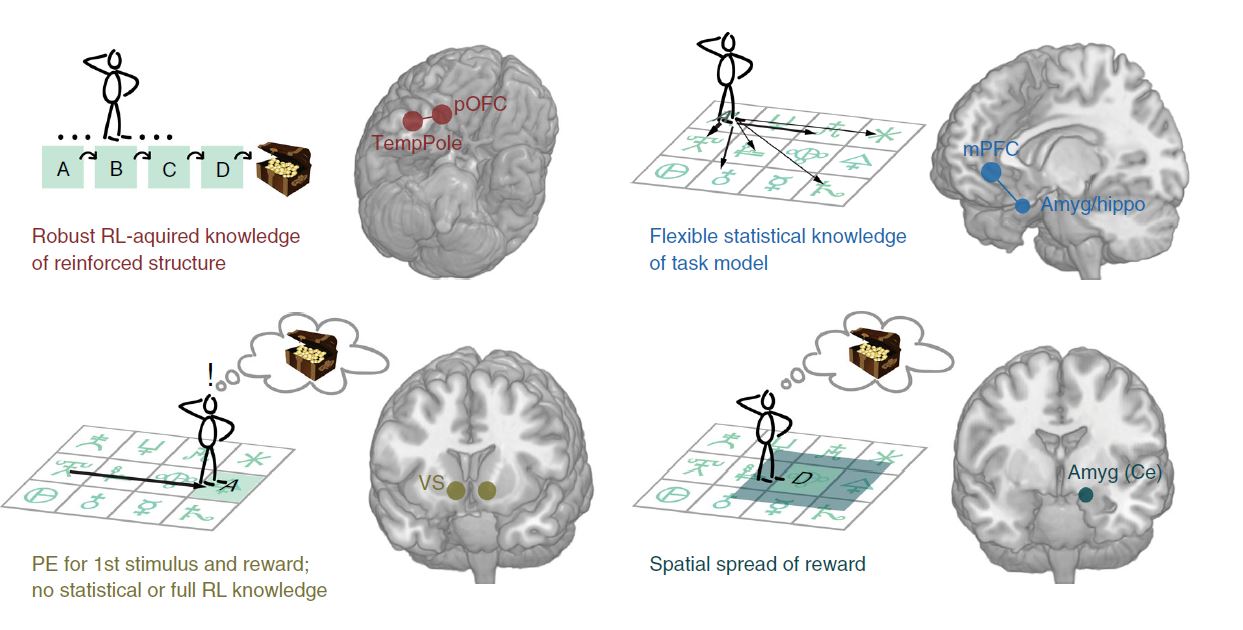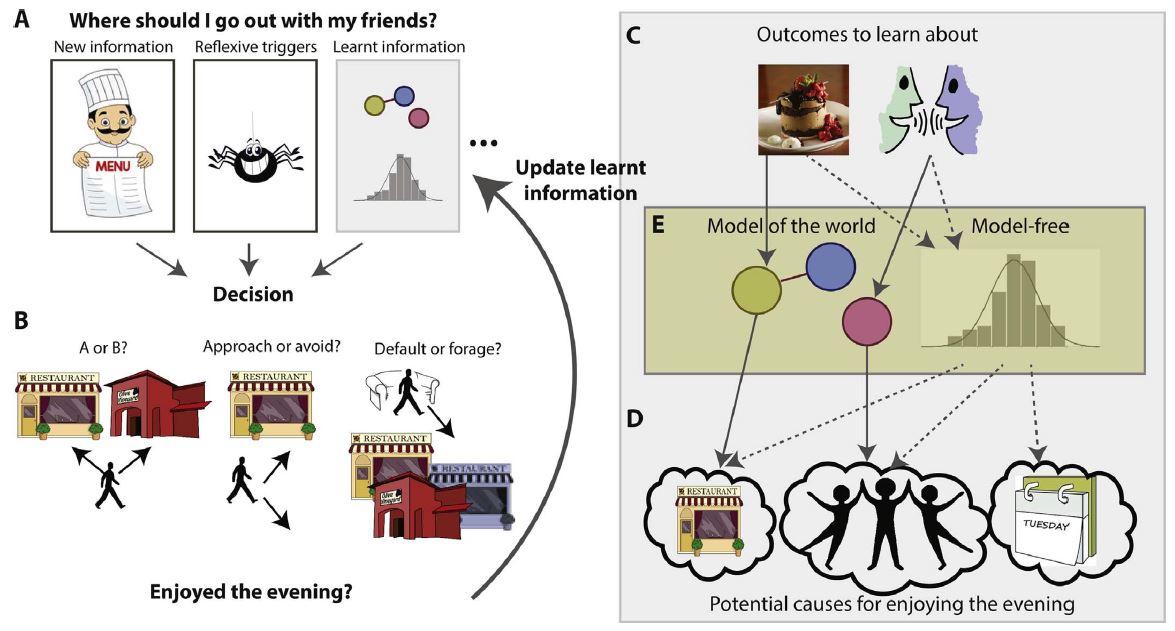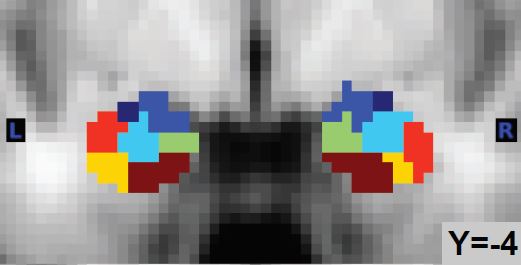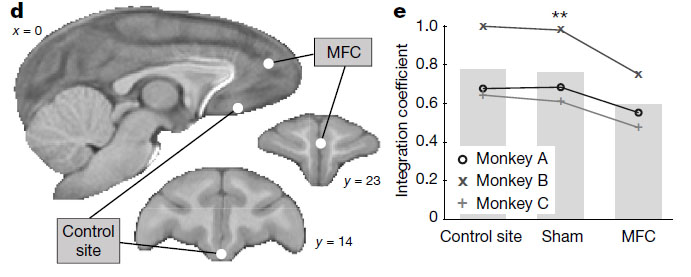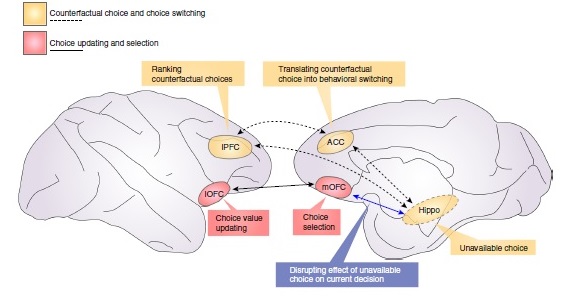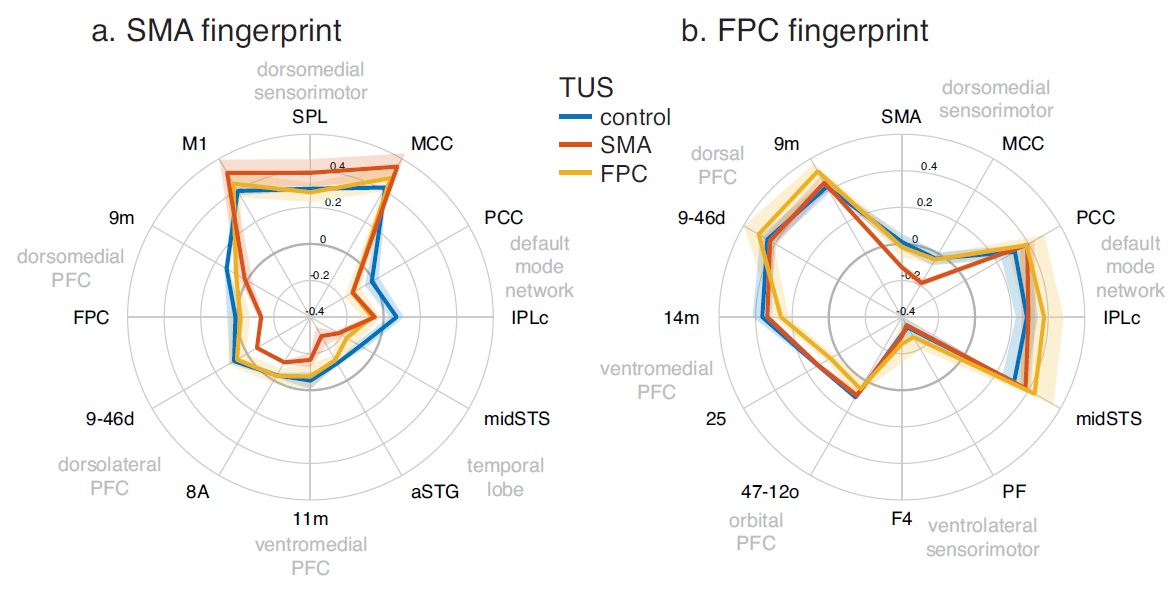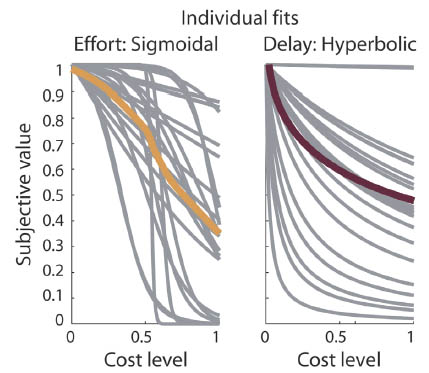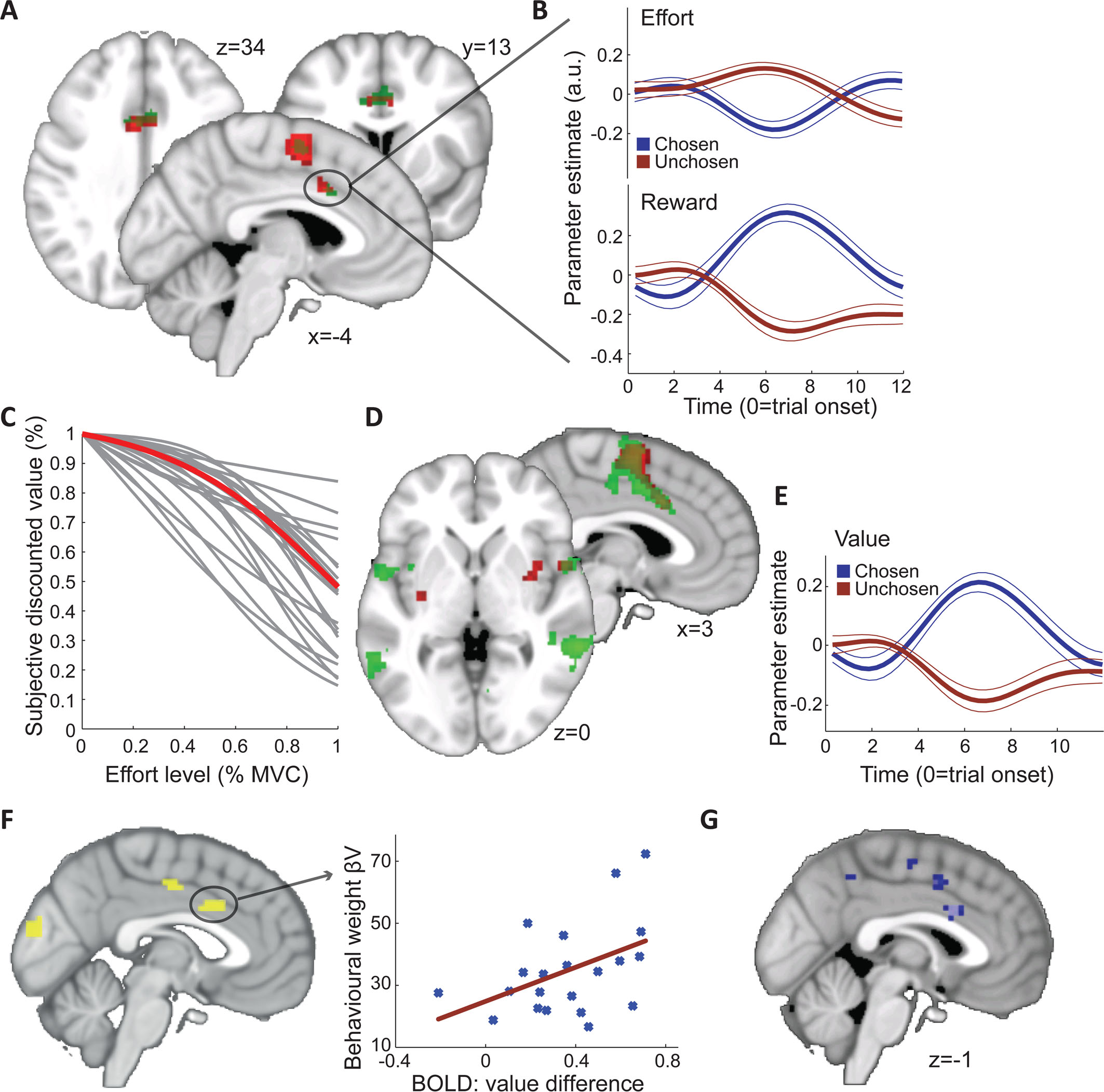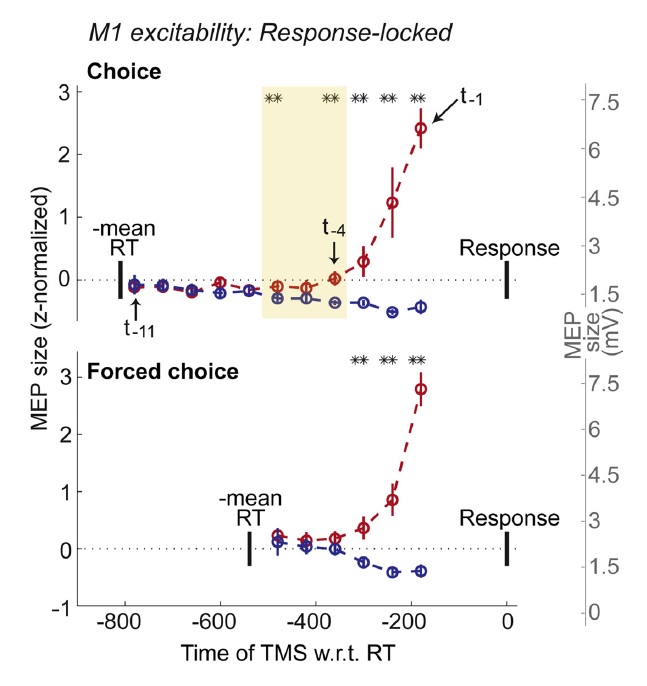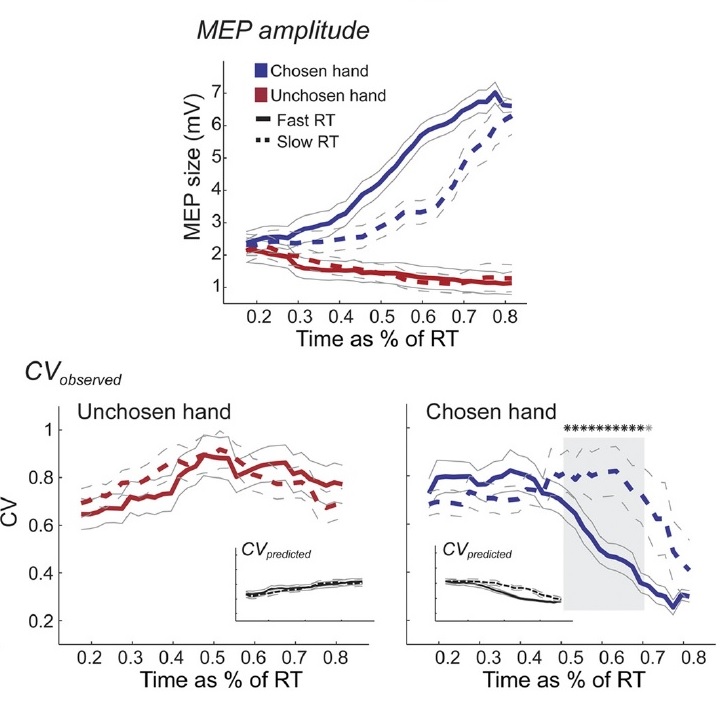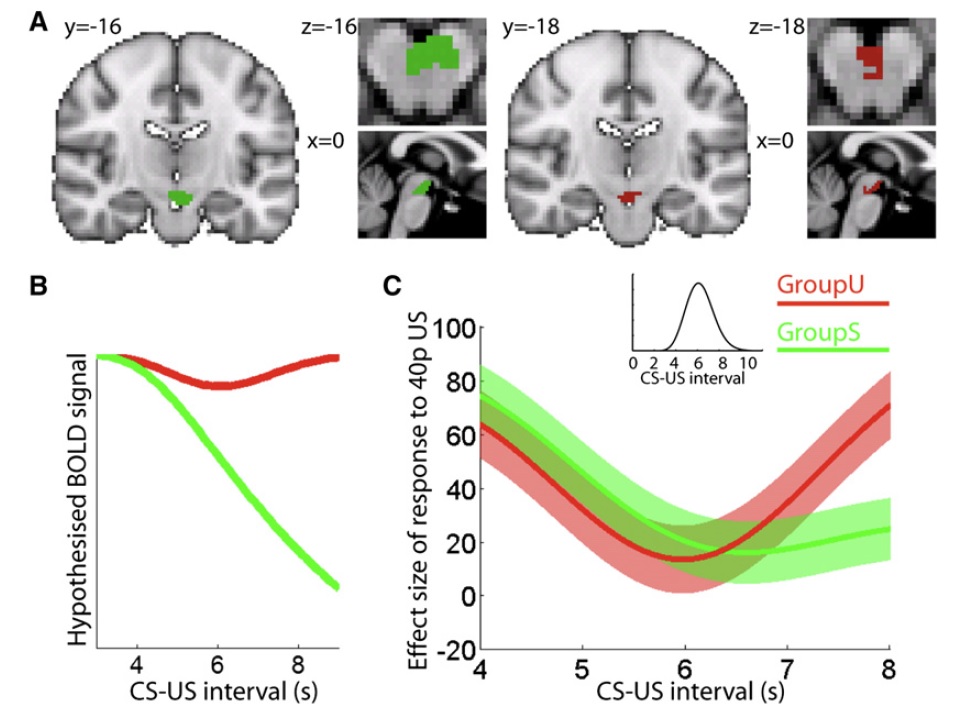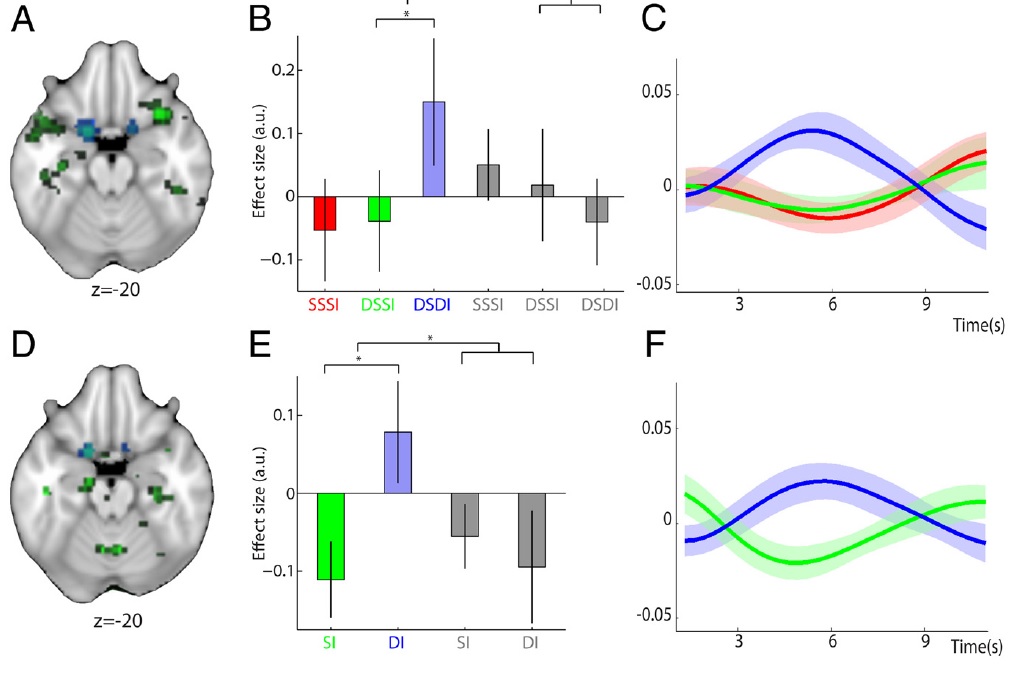Knowledge resulting from multiple learning mechanisms
In some of my recent work, I looked at different mechanisms of learning and contrasted their neural mechanisms. Rather than examining what happens during learning, we focused on the knowledge that results from learning. In particular, we contrasted knowledge that results from reinforcement learning, statistical learning and a noncontingent form of learning.
This showed that partially overlapping and partially specialized anatomical regions carried knowledge from these three different learning mechanisms. We also found that the stability versus flexibility of the acquired knowledge depended on how the information was learnt, with RL knowledge leading to more stable but less flexible neural codes compared to statistically learnt knowledge.
